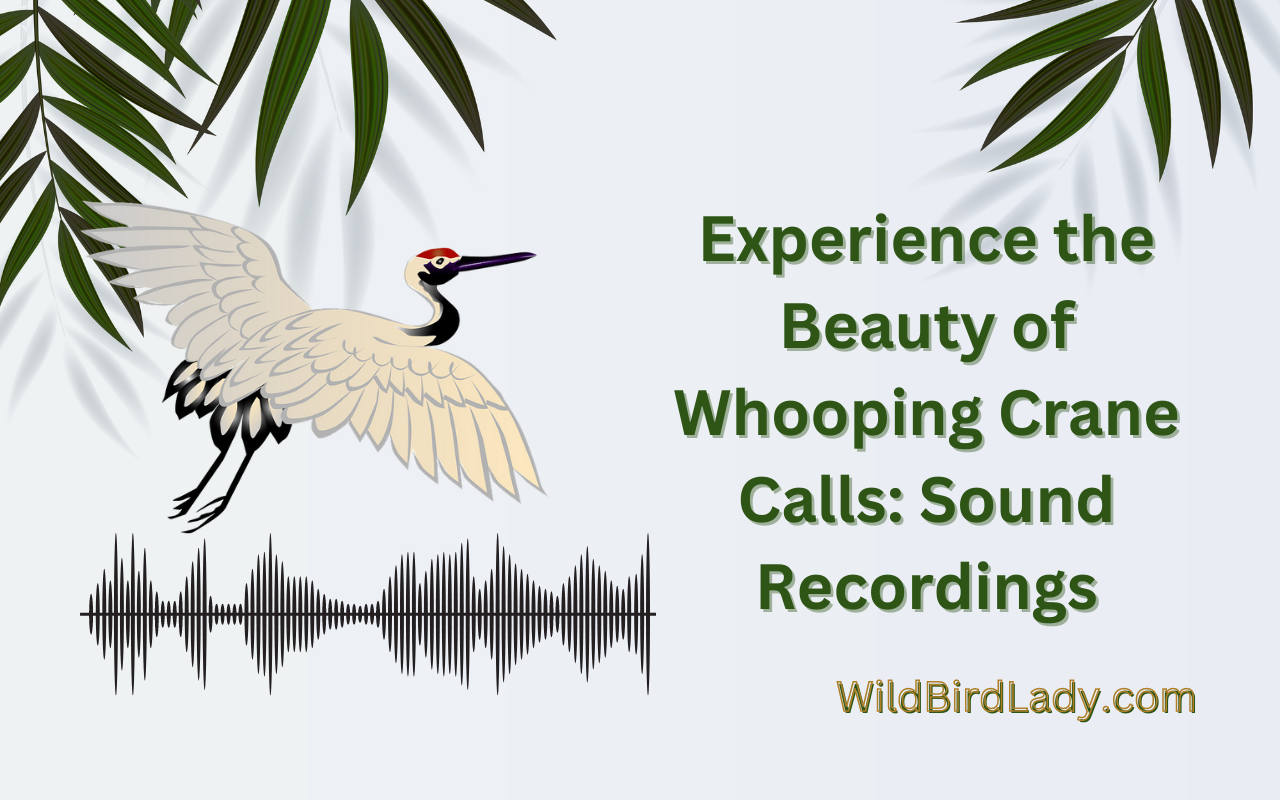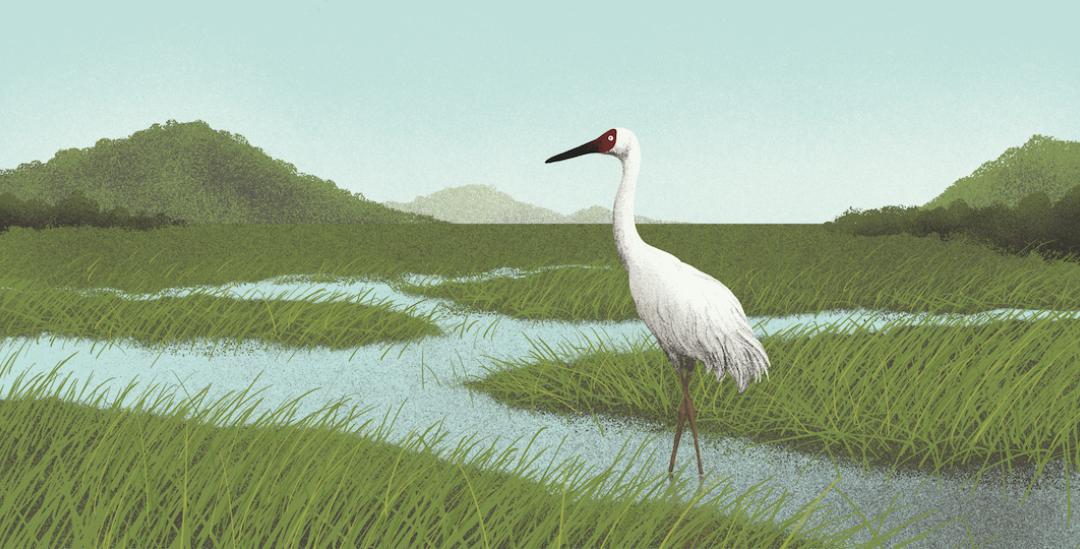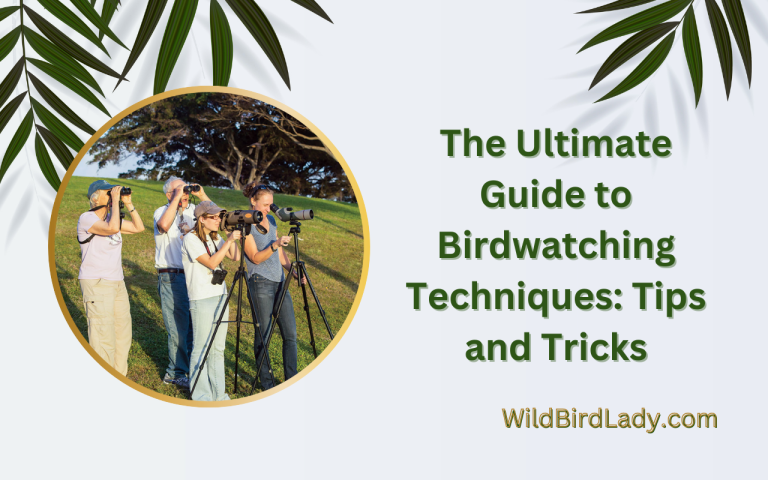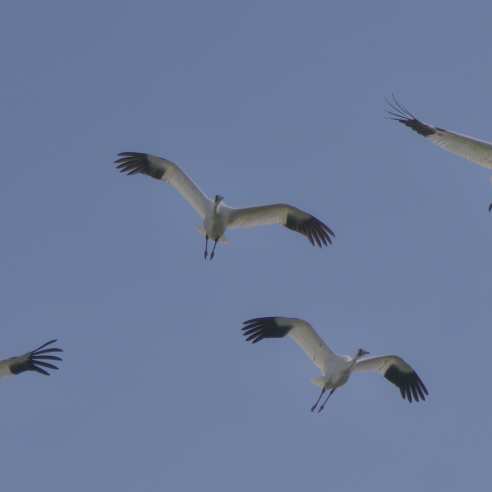Experience the Beauty of Whooping Crane Calls: Sound Recordings
Experience the beautiful and unique calls of whooping cranes through sound recordings. These recordings capture the distinct sounds of these endangered birds in their natural habitat.
Immerse yourself in the world of whooping cranes and enjoy their fascinating vocalizations. Whooping cranes are a rare and endangered species, with only around 800 individuals left in the world today. These large birds are known for their distinctive white plumage and loud, trumpeting calls.
Listening to recording of their calls provides a unique opportunity to experience the beauty and wonder of these magnificent creatures. In this article, we will explore whooping crane sound recordings in more detail, discussing the different types of calls that these birds make and what they mean. We will also look at how scientists use sound recordings to study and track whooping cranes, and how you can access and listen to these recordings for yourself.
Credit: www.birdnote.org
Understanding Whooping Crane Calls
Experience The Beauty Of Whooping Crane Calls: Sound Recordings
Whooping cranes are the tallest birds of north america and are known for their unison calls that can carry across marshes, rivers, and other habitats. These calls of whooping cranes are lively and bubbly and continuously change. Have you ever heard these sounds?
If not then you are missing a great delight. Recording and understanding these vocalizations can help us to understand their behavior. Let’s understand more about the calls of whooping cranes.
Description Of Whooping Crane Calls
Whooping crane calls are a form of communication that helps them in reproduction and maintenance of territories. These calls are characterized by long, unison series of notes with a repeated pattern of deep and high-pitched notes. The calls of whooping cranes can be heard from a distance of up to 2-3 miles and are often described as trumpeting, bugling, and honking.
Types Of Calls
The whooping cranes use multiple types of calls to communicate with their flock and offspring. The most common types of calls include unison calls, guard calls, contact calls and aggressive calls. Each call has a unique function, but unison calls are the most remarkable call out of all.
Unison calls are used by paired whooping cranes during courtship and breeding. During migration, young whooping cranes make the contact calls to find their parents and other flock members.
Analyzing The Vocalizations
The complexity of the whooping crane calls is a fascinating area of study. Biologists and ornithologists use spectral analyses to understand the language of whooping cranes. The pattern of vocalizations and number of syllables in the call are analyzed to identify the age, sex, and individual identities of the crane.
Furthermore, by analyzing these calls, we can also understand the territories of whooping cranes.
Importance Of The Calls To Whooping Cranes
The vocalizations of whooping cranes serve a crucial role in their survival. It helps the sex identification, mate selection, and also helps in the protection of their territory. The calls of whooping cranes also help their offsprings to identify their parents’ voice, aiding in bonding and formation of their flock.
Additionally, the calls broadcast at night through the flock provides direction to the others in their migratory flocks.
It is essential to understand the calls of whooping cranes to appreciate and protect them better. Keeping these magnificent birds safe is our priority, and knowing the whooping call can aid in their conservation.
Recording Whooping Crane Calls
Techniques For Recording The Calls
To capture the beautiful and unique sound of whooping crane calls, various techniques can be employed. These techniques include:
- Using a parabolic microphone: This type of microphone is designed to capture sounds from long distances. Its dish shape helps to capture sounds from specific directions, making it ideal for recording whooping crane calls.
- Setting up remote recording equipment: This method involves setting up recording equipment near the roosting area of the cranes and leaving it to record the calls overnight.
- Getting closer to the birds: Recording the calls of whooping cranes is often best done at dawn or dusk when they are most vocal. Getting close enough to the birds while they are roosting and recording their calls can produce high-quality recordings.
Best Recording Equipment For Capturing The Calls
For the best recording quality, it’s essential to have the right equipment. The best recording equipment for capturing whooping crane calls includes:
- A high-quality microphone: This is the most important component of any recording setup. A directional microphone with a frequency response ranging from 20 hz to 15 khz is ideal for capturing the calls of whooping cranes.
- A digital audio recorder: This device is used to capture and store the audio signals produced by the microphone.
Importance Of Recording The Calls For Research Purposes
Recording the calls of whooping cranes is essential for research purposes. This information can be used to:
- Understand the behavior of the birds: By recording their calls, researchers can understand important information about the birds’ behavior, such as their vocalizations during courtship and breeding.
- Monitor the population: Recording the calls of whooping cranes can help track their numbers, and gather data about their life cycle and migration patterns.
- Improve conservation efforts: Having a better understanding of whooping crane calls can help inform conservation efforts, including monitoring new populations and breeding programs.
Recording the calls of whooping cranes is crucial for understanding and conserving these amazing birds. With proper equipment and techniques, it’s possible to capture their unique vocalizations and gain valuable insights into their behavior and life cycle.
Listening To Whooping Crane Calls
Experience The Beauty Of Whooping Crane Calls: Sound Recordings
Whooping cranes are one of the most magnificent birds on the planet. Their calls, which are both haunting and beautiful, are a wonder to behold. Listening to these calls can be a profoundly moving experience that can bring a sense of peace and calm to anyone who hears them.
How To Listen To The Calls
If you want to experience the beauty of whooping crane calls for yourself, there are a few ways you can listen to them:
- Head out into the wild yourself. Whooping cranes are found in a few specific regions in the united states, including texas, wisconsin, and florida. Look for them in wetlands, marshes, and other similar habitats.
- Listen to recordings online. There are plenty of resources online that offer high-quality recordings of whooping crane calls.
The Best Times And Locations For Listening To The Calls
If you’re hoping to hear whooping crane calls in their natural habitat, you’ll have a better chance at certain times of the year and in specific locations. Here are a few tips:
- Whooping cranes are more likely to be active at dawn and dusk, so plan your listening for those times of day.
- In general, texas is considered the best place to listen to whooping cranes. Specifically, the aransas national wildlife reserve is an excellent spot.
- Wisconsin is another good option. Specifically, the horicon national wildlife refuge is a great place to catch a glimpse of these magnificent birds.
The Physical And Emotional Effects Of Listening To The Calls
There’s no doubt that listening to whooping crane calls can have a profound impact on people. Here are a few of the effects you might experience:
- A sense of calm and relaxation as you listen to the hypnotic calls.
- A deepening sense of connection to the natural world around you.
- A newfound appreciation for the beauty and wonder of these incredible creatures.
Listening to whooping crane calls can be an incredible experience that can touch your heart and soul. Whether you go out into the wild yourself or listen to recordings online, take the time to experience the beauty of these beautiful birds, and you won’t be disappointed.
Sharing Whooping Crane Sound Recordings
Experience The Beauty Of Whooping Crane Calls: Sound Recordings
The whooping crane is one of the most endangered bird species in the world, with only around 800 remaining in the wild. Their unique and enchanting calls have an undeniable beauty that captures the heart of anyone who hears them.
However, it can be challenging to experience these calls in the wild. Luckily, sound recordings offer the perfect solution to this problem.
Platforms For Sharing Whooping Crane Sound Recordings
Thanks to technology, we can share and access whooping crane sound recordings like never before. Here are some of the most popular platforms for sharing these recordings:
- Xeno-canto: This online repository has an extensive collection of bird sound recordings, including those of the whooping crane. Users can listen to, download, and share these recordings with credits to the contributor.
- Macaulay library: Managed by cornell university, this is the largest resource of bird sounds in the world. They have a vast collection of whooping crane sound recordings that users can access for personal or educational use.
- Soundcloud: This popular platform has a wide variety of user-generated content, including whooping crane sound recordings. Listeners can download, share and engage with the creators.
The Legal Considerations For Sharing The Recordings
Sharing whooping crane sound recordings can be exciting but there are some legal considerations that must be followed:
- Permission from recordist: If you plan to use whooping crane sound recordings, you should get permission from the recordist and verify that you have the right to utilize the recording.
- Fair use: Understand the concept of fair use in copyright law. Familiarize yourself with the guidelines. If you plan to use a recording for educational or nonprofit purposes, ensure that you are following the guidelines for fair use.
- Respect conservation and national park regulations: Certain habitats and bird species may have specific regulations surrounding sound recordings. Respect these laws and regulations while sharing the recordings.
The Role Of Sound Recordings In Conservation Efforts
Sound recordings play a significant role in conservation efforts. They can help identify and document the breeding and migration of whooping cranes, which is essential in monitoring their populations and behaviors. Sharing recordings can also raise awareness about the endangered species and their importance in ecosystems and conservation efforts.
By sharing freely available sound recordings, we can ensure that everyone has a chance to experience the beauty and importance of whooping crane calls.
Frequently Asked Questions Of Experience The Beauty Of Whooping Crane Calls: Sound Recordings
What Are Whooping Crane Calls?
Whooping crane calls are series of trumpeting sounds produced by the whooping crane, a critically endangered bird found only in north america. These calls serve as their primary means of communication.
How Do Whooping Crane Calls Sound?
Whooping crane calls are loud, bugle-like sounds that vary in pitch and tone. They can be heard up to miles away and are considered as one of the most distinct and beautiful bird calls in the world.
What Is The Significance Of Whooping Crane Calls?
Whooping crane calls play a vital role in the social behavior and breeding of the species. Males use these calls to attract females and establish territories. They also use it to communicate with their offspring and other members of their flock.
How Can I Hear Whooping Crane Calls?
You can hear whooping crane calls by listening to sound recordings or visiting their breeding grounds. There are also bird watching tours available during the breeding season where you can hear their calls in the wild.
Why Are Whooping Crane Calls Important To Conserve?
Whooping crane calls are important to conserve because they are a significant part of the species’ natural behavior and ecology. They are also a critical indicator of the health of their population and their wetland habitats, which are highly vulnerable to human activities and climate change.
Conclusion
The whooping crane is one of the most beautiful and endangered species in north america. Sound recordings can be a powerful way to connect with these incredible birds, allowing us to experience the magic of their calls and learn more about their behavior.
Through these recordings, we can explore the changing rhythms of their calls as they navigate different habitats and respond to the environment around them. We can also appreciate the unique qualities of their calls, from the deep, resonant whoops to the softer chirps and grunts.
Whether you are a bird enthusiast, wildlife researcher, or simply someone who appreciates the beauty of nature, sound recordings offer an invaluable window into the world of the whooping crane. So take a moment to listen, and experience the wonder of these majestic creatures for yourself.








